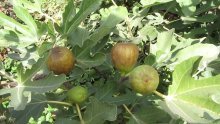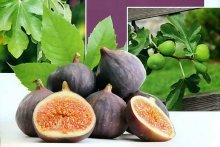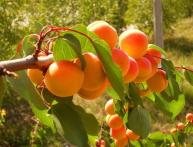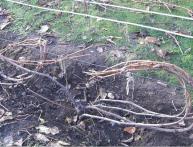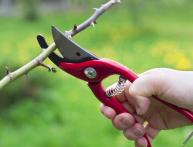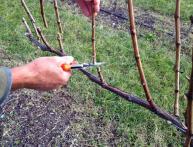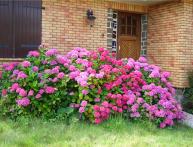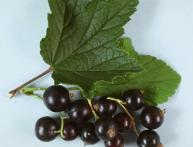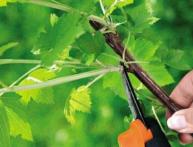Pruning figs: why pruning, how to perform the procedure correctly
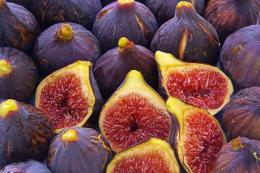
You can easily grow figs at home, but it is important to know how to properly prepare the site and choose soil for planting. To obtain a good harvest, it is necessary to provide the plant with the necessary care. Particular attention should be paid to pruning.
Content:
- Fig care: crown formation and pruning
- What happens if you don't trim?
- Basic measures for caring for figs
Fig care: crown formation and pruning
Figs are a heat-loving fruit plant of the Mulberry family. People also find other names for figs: fig tree, wine or Smyrna berry, etc. One of the most important measures for caring for figs at home is pruning. This event thins out the tree and allows you to remove dry branches.
Pruning must be done very carefully, as excessive pruning of branches can cause thickening of the crown. Complete or partial removal of branches frees the fruit tree from shoots that endanger the plant.
Rejuvenating pruning of figs will give the tree new strength. Autumn pruning is carried out in regions with mild cold, otherwise frosts can lead to freezing of the bark and drying out of the wood. In the northern regions, this event is held only in the spring. When caring for figs, not only formative and rejuvenating pruning is used, but also regulatory, restorative and sanitary pruning.
What happens if you don't trim?
Fruit trees need to be pruned correctly. If you do not carry out this activity at all or do it incorrectly, this may cause a reduction in fruiting.
If the growth of shoots is not controlled, they will thicken the crown and reduce the illumination of branches with fruits. As a result, they will receive insufficient nutrients, which will affect yield reduction and improper formation skeletal branches.
In addition, the procedure should be carried out on time. This will avoid many problems that usually arise during the period of growth and fruiting. If pruning is carried out according to all the rules, the figs will grow well and bear fruit.
Basic measures for caring for figs
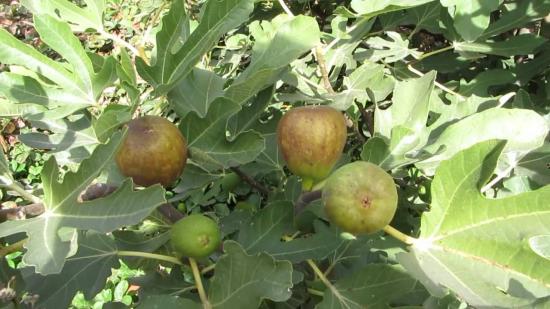
When caring for figs, special attention should be paid to pruning. In the southern regions, pruning is performed 2 times a year - in autumn and spring. Depending on the shape of the fig bush, the crown is formed. On bush figs, during the first two years, a pair of main branches with a trunk length of about 40 cm are left.
The crown of a standard tree is formed from 3-4 main branches, but the length of the standard must be within 60 cm. The cut areas must be covered garden varnishto prevent the entry and spread of infection.
In the first year, formative pruning is carried out. From a young tree you need to select the main strong branch, and cut the rest to the base. After a year, cut the branch, located at a height of about 1.3 meters, into a bud. The result will be a semi-standard form, and skeletal branches will form in the spring. In the third year, the branches facing outward are shortened by half.
Video about proper planting of figs:
In the future, after the formation of the tree skeleton, pruning is not required, with the exception of unsuccessfully growing branches. In summer, it is recommended to pinch out growths, this will prevent the tree from growing in height. For the winter, the fruit plant is insulated or covered with earth.
Pruning indoor figs are done in the fall, after the plant has shed its leaves. If this does not happen, then place the pot in a dark place and reduce watering. Summer shoots are shortened by 10-20 cm above the outer bud. To prevent the shoots from experiencing a lack of light, the indoor plant is shaped into a fan.
First, pinch the bud at the top, and then remove the shoots that are directed into the crown. All sections are made above the kidney. When rejuvenating pruning, half of the old branches are shortened to two buds. Next year the other half is cut off.
The young plant needs annual replanting. This activity is carried out only when the roots completely fill the volume of the container. Feeding is carried out systematically from the beginning of awakening until the fruit ripens. Both mineral and organic fertilizers are used as fertilizing.
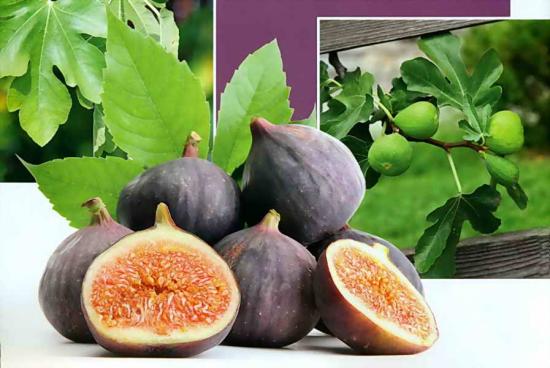
In summer, the trunk and leaves are sprayed with warm water, and in hot weather, abundant watering is carried out. During the dormant period, watering is reduced. Dormancy usually lasts about two months. At this time, the tree is transferred to a cool place. These are the main care measures figs. If they are carried out correctly and in a timely manner, you can achieve a good harvest.

